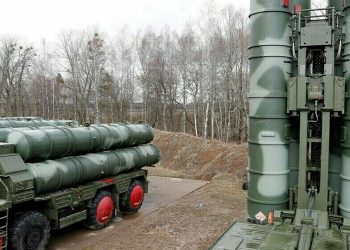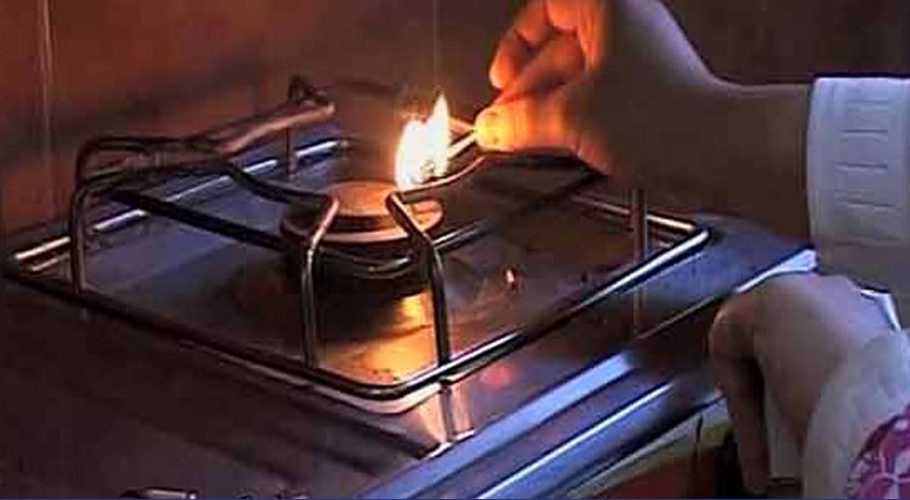Another tragic train accident occurred resulting in the death of at least 20 people and injured scores others. The latest incident is another mark on the history of the disastrous railways sector in Pakistan.
The incident occurred near the town of Nawabshah, where ten bogies of a train derailed resulting in the death of at least 20 passengers and injuring over a hundred others. The train was travelling at normal speed when the tragic accident occurred. The railways minister rather than accepting responsibility made tone deaf comments that he was awaiting ‘bad news’ just days before he departs from office.
Train accidents are common in Pakistan, where successive government have paid little attention to improving poorly maintained signal system and dilapidated tracks. The political interference and inefficiency in management is another reason for the dismal state of the railways.
There is a long list of train accidents and derailments in history of Pakistan Railways, including several in recent years. In July 2021, 31 people were killed while more than 100 injured when two passenger trains collided near Daharki in Ghotki district of Sindh. The same year, one person was killed and 30 others were injured when the Karachi Express derailed near Rohri.
On Oct 31, 2019, at least 74 passengers were killed, including many burnt alive, and over 40 injured, when three coaches of the Rawalpindi-bound Tezgam Express caught fire near Rahim Yar Khan. The worst incident occurred way back in 1990 when 210 passengers were killed in Sangi near Sukkur.
Railways are an essential part of the economy but successive governments have failed to make the sector profitable. It started handing over train operation to the private sector but it has not improved the condition. The problem lies in the lack of investment in the railway infrastructure. The British-era tracks cannot maintain high speeds, leading to derailments and accident. The government is yet to commence work on the much-heralded ML-1 project being built with Chinese assistance.
Another problem is the lack of funds and overstaffed workforce. The railways ministry believes that increasing the number of trains will raise revenue but the underlying problems are internal. Many people are forced to shift to road transport where the private sector dominates. Accidents can happen anytime but losses can be reduced. The government needs to take step to modernize the railways sector and make it a preferred mode of transportation.


























